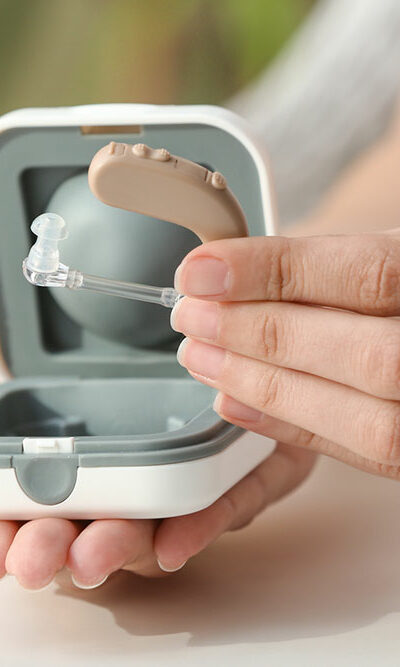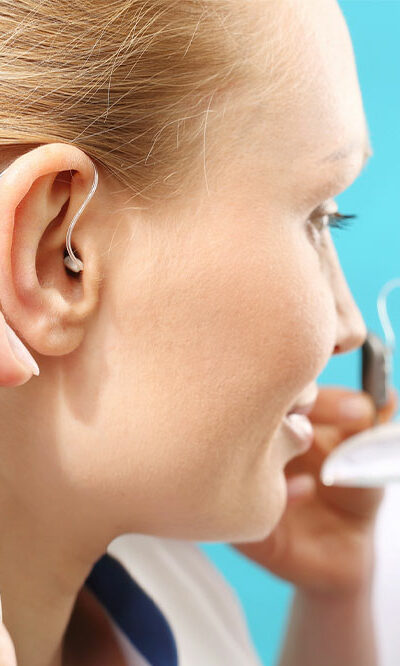
Avoid These 10 New-parent Mistakes
Bringing home a newborn baby is a nerve-racking ordeal for first-time parents. They are worried about everything that is necessary to plan and follow. Even with all the help and guidance provided by friends and family members, new parents can forget about a few things that are necessary for taking good care of their child. Here are ten mistakes to avoid while taking care of the toddler at home. Not buying a car seat It is mandatory and required by law in many states to install a baby car seat. So have the seat installed weeks in advance and take the car for a few trial runs to see if everything works for the car seat as advertised. This is a critical piece of upgrade that ensures total safety. Car seats are not only comfortable but specially designed to ensure the baby stays secure and doesn’t sway too much when the car is moving. Panicking unnecessarily Newborns will cry, and they will fuss about every single thing at home. The infant is getting used to everything in and around the new home. So, it’s perfectly okay for the baby to make a fuss. And first-time parents don’t have to be anxious or nervous around their baby all the time. Worrying when there is no need will create an atmosphere of anxiety and urgency around the household that’ll only make things more stressful. In fact, doctors suggest the baby cries it out, even incessantly. Unless there is some physical indication of discomfort or obvious baby problems, it’s okay for the baby to cry it out naturally. Don’t fret over the small things. Overstimulating their senses A lot of times, first-time parents make the mistake of buying too many toys and installing accessories around the crib to keep the baby distracted. But this kind of overstimulation actually does more harm than good.










